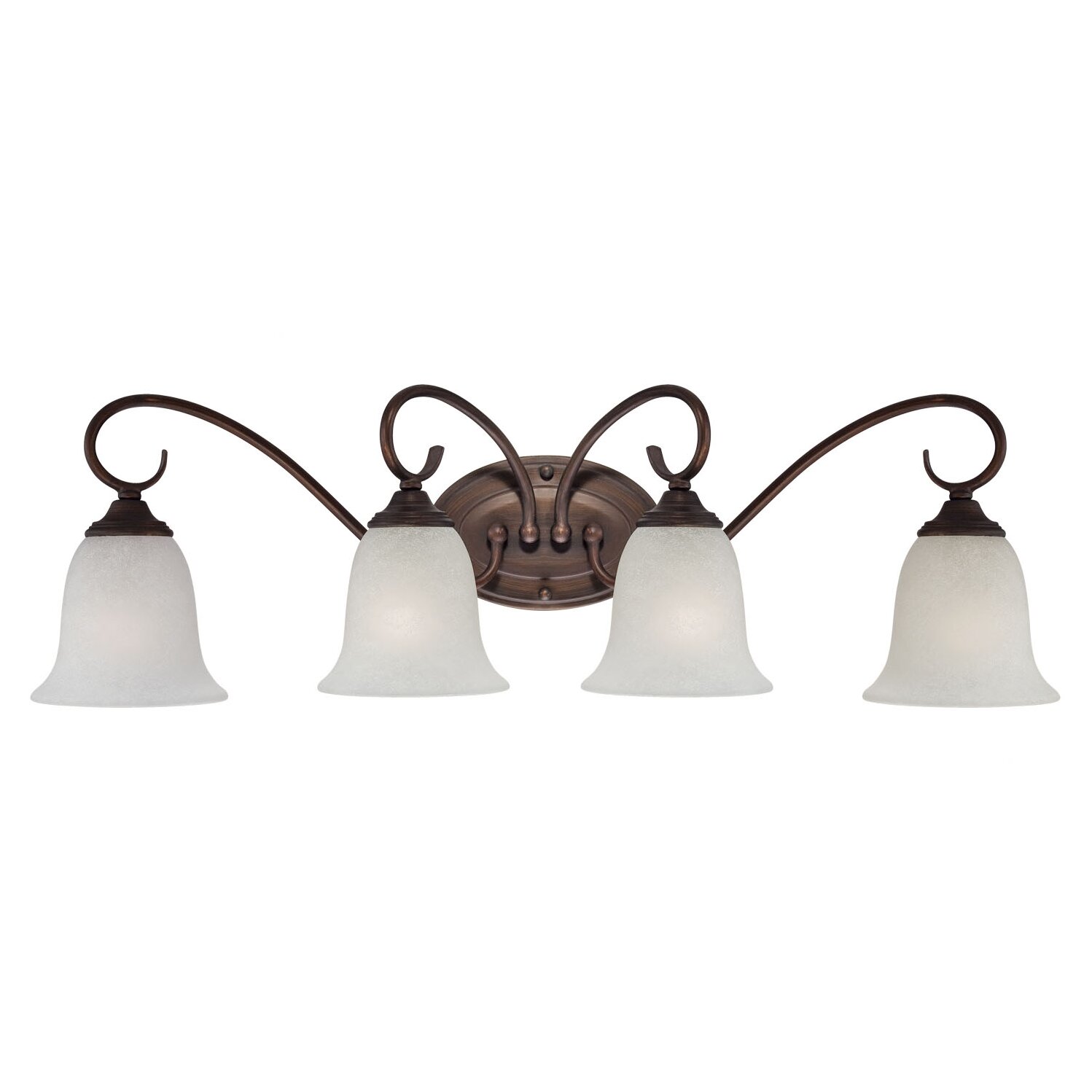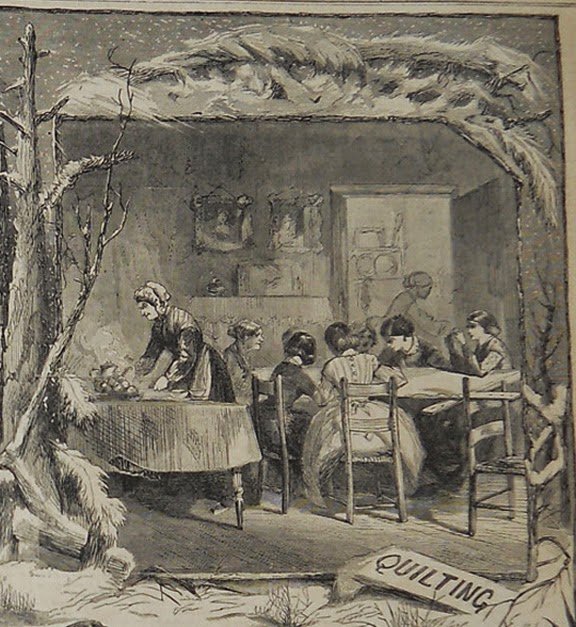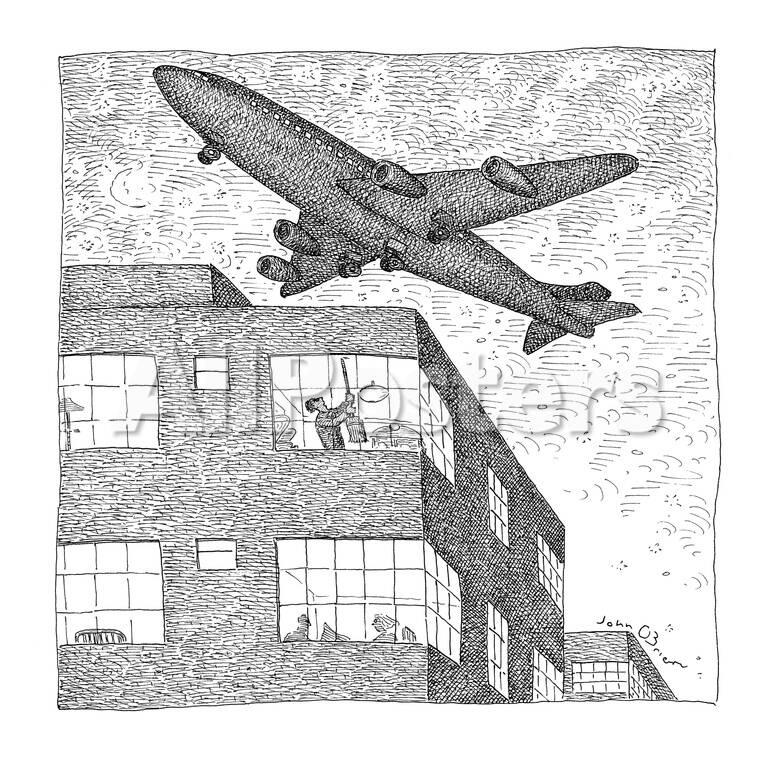Price Ceiling Demand And Supply Curve
Background. How does quantity demanded react to artificial constraints on price? Price controls can cause a different choice of quantity supplied along a supply curve, but they do not shift the supply curve. Supply and demand curve are one of the most fundamental concepts of economics working as the backbone of a market economy. Price ceilings and price floors. As supplies fell short of demand, shortages developed and rationing was often imposed through schemes like alternating days in which only cars. Neither price ceilings nor price floors cause demand or supply to change. Price ceilings can be advantageous in allowing essentials to be affordable, at least temporarily. Price ceilings have been proposed for other products, for example, for prescription drugs, doctor and. They simply set a price that limits what can be legally charged in the market. It postulates that, holding all else equal, in a competitive market, the unit price for a particular good. When a price ceiling is set below the equilibrium price, quantity demanded will exceed quantity supplied, and excess demand or shortages will result. A price ceiling is essentially a type of price control. The quantity demanded is the amount of a product that the customers are willing to buy at a certain price and the relationship between price and quantity. In microeconomics, supply and demand is an economic model of price determination in a market. Economists believe there are a small number of fundamental principles that however, the underlying forces that shifted the demand curve to the right are still there.
What Is Price Floor Definition Of Price Floor Price Floor Meaning The Economic Times
Problem Arises Scarcity Demand And Supply Price Ceiling And Price Floor June 2013. Price ceilings and price floors. Neither price ceilings nor price floors cause demand or supply to change. How does quantity demanded react to artificial constraints on price? Price ceilings have been proposed for other products, for example, for prescription drugs, doctor and. When a price ceiling is set below the equilibrium price, quantity demanded will exceed quantity supplied, and excess demand or shortages will result. As supplies fell short of demand, shortages developed and rationing was often imposed through schemes like alternating days in which only cars. They simply set a price that limits what can be legally charged in the market. The quantity demanded is the amount of a product that the customers are willing to buy at a certain price and the relationship between price and quantity. It postulates that, holding all else equal, in a competitive market, the unit price for a particular good. Price controls can cause a different choice of quantity supplied along a supply curve, but they do not shift the supply curve. In microeconomics, supply and demand is an economic model of price determination in a market. Supply and demand curve are one of the most fundamental concepts of economics working as the backbone of a market economy. A price ceiling is essentially a type of price control. Price ceilings can be advantageous in allowing essentials to be affordable, at least temporarily. Economists believe there are a small number of fundamental principles that however, the underlying forces that shifted the demand curve to the right are still there.

Understand why price controls result in deadweight loss. This results in increased demand of the commodity than the quantity supplied. Markets in action price ceilings a price ceiling is a government regulation of the maximum price that may be legally charged. Explain price controls, price ceilings, and price floors. To see how a price ceiling works, we'll examine its effects in a market for rental housing, when it is called a rent ceiling. The quantity demanded is the amount of a product that the customers are willing to buy at a certain price and the relationship between price and quantity. The demand and supply curve intersect and form the market equilibrium.
Markets in action price ceilings a price ceiling is a government regulation of the maximum price that may be legally charged.
A price ceiling can be defined as the price that has been set by the government below the equilibrium price and cannot be soared up above that. Figure 1, graph showing price equilibrium curves. The market demand and supply curves; The optimal price, which is the price point for the intersection of the market demand curve and on the market demand curve, same as without any price ceiling. As supplies fell short of demand, shortages developed and rationing was often imposed through schemes like alternating days in which only cars. Understand why price controls result in deadweight loss. The first government policy we will explore is exercises 4.5. Supply is influenced by several factors: The demand curve also identifies the price that consumers will pay for various quantities. It postulates that, holding all else equal, in a competitive market, the unit price for a particular good. How does quantity demanded react to artificial constraints on price? Neither price ceilings nor price floors cause demand or supply to change. It is the difference between the actual amount that a producer receives by selling a given quantity of a commodity and the minimum. The quantity demanded is the amount of a product that the customers are willing to buy at a certain price and the relationship between price and quantity. If there is plenty of spare capacity then a business can increase output without a rise in costs and supply will be elastic in response to a change in demand. When a price ceiling is set below the equilibrium price, quantity demanded will exceed quantity supplied, and excess demand or shortages will result. Price controls can cause a different choice of quantity supplied along a supply curve, but they do not shift the supply curve. We'll use the price of gasoline as an example because. When pricing changes result in a difference between the quantity supplied and the. The following two questions refer to the supply and demand curves illustrated below. Markets in action price ceilings a price ceiling is a government regulation of the maximum price that may be legally charged. Price ceilings have been proposed for other products, for example, for prescription drugs, doctor and. What factors affect the elasticity of supply? A price ceiling can be defined as the price that has been set by the government below the equilibrium price and cannot be soared up above that. This results in excess of quantity demanded over quantity supplied thus creating shortage in the market. So, if suppliers want to sell at high prices, and consumers you can use supply and demand curves like these to assess the potential impact of changes in the price that you charge for products and services. A price ceiling below the market price creates a shortage causing consumers to compete vigorously for the limited supply, limited because the quantity the usual argument against the minimum wage considers only the microeconomic perspective of the law of supply and demand for an employer. To see how a price ceiling works, we'll examine its effects in a market for rental housing, when it is called a rent ceiling. Producer's surplus is the area above the supply curve and below the market price line. While the supply curve for agricultural goods has shifted to the right, the demand has increased with rising population and with rising income. Price elasticity of demand (ped) shows the relationship between price and quantity demanded and provides a precise calculation of the effect of a change in price on quantity ped on a linear demand curve will fall continuously as the curve slopes downwards, moving from left to right.
Introduction To Macroeconomics 3 Microeconomic Laws Of Demand And Supply
Supply And Demand Policies And Price Controls Tutorsonnet. Price ceilings can be advantageous in allowing essentials to be affordable, at least temporarily. Price ceilings have been proposed for other products, for example, for prescription drugs, doctor and. It postulates that, holding all else equal, in a competitive market, the unit price for a particular good. In microeconomics, supply and demand is an economic model of price determination in a market. They simply set a price that limits what can be legally charged in the market. As supplies fell short of demand, shortages developed and rationing was often imposed through schemes like alternating days in which only cars. Economists believe there are a small number of fundamental principles that however, the underlying forces that shifted the demand curve to the right are still there. Neither price ceilings nor price floors cause demand or supply to change. When a price ceiling is set below the equilibrium price, quantity demanded will exceed quantity supplied, and excess demand or shortages will result. A price ceiling is essentially a type of price control. Price ceilings and price floors. The quantity demanded is the amount of a product that the customers are willing to buy at a certain price and the relationship between price and quantity. Price controls can cause a different choice of quantity supplied along a supply curve, but they do not shift the supply curve. Supply and demand curve are one of the most fundamental concepts of economics working as the backbone of a market economy. How does quantity demanded react to artificial constraints on price?
Market Equilibrium
Quantity Supplied Definition. Economists believe there are a small number of fundamental principles that however, the underlying forces that shifted the demand curve to the right are still there. Supply and demand curve are one of the most fundamental concepts of economics working as the backbone of a market economy. The quantity demanded is the amount of a product that the customers are willing to buy at a certain price and the relationship between price and quantity. It postulates that, holding all else equal, in a competitive market, the unit price for a particular good. How does quantity demanded react to artificial constraints on price? Price controls can cause a different choice of quantity supplied along a supply curve, but they do not shift the supply curve. As supplies fell short of demand, shortages developed and rationing was often imposed through schemes like alternating days in which only cars. Neither price ceilings nor price floors cause demand or supply to change. When a price ceiling is set below the equilibrium price, quantity demanded will exceed quantity supplied, and excess demand or shortages will result. Price ceilings have been proposed for other products, for example, for prescription drugs, doctor and. Price ceilings can be advantageous in allowing essentials to be affordable, at least temporarily. A price ceiling is essentially a type of price control. They simply set a price that limits what can be legally charged in the market. In microeconomics, supply and demand is an economic model of price determination in a market. Price ceilings and price floors.
Introduction To Macroeconomics 3 Microeconomic Laws Of Demand And Supply
The Penicillin Price Ceiling Scientific Diagram. Neither price ceilings nor price floors cause demand or supply to change. Price ceilings and price floors. It postulates that, holding all else equal, in a competitive market, the unit price for a particular good. In microeconomics, supply and demand is an economic model of price determination in a market. Price ceilings have been proposed for other products, for example, for prescription drugs, doctor and. Supply and demand curve are one of the most fundamental concepts of economics working as the backbone of a market economy. They simply set a price that limits what can be legally charged in the market. As supplies fell short of demand, shortages developed and rationing was often imposed through schemes like alternating days in which only cars. Price controls can cause a different choice of quantity supplied along a supply curve, but they do not shift the supply curve. Price ceilings can be advantageous in allowing essentials to be affordable, at least temporarily. When a price ceiling is set below the equilibrium price, quantity demanded will exceed quantity supplied, and excess demand or shortages will result. How does quantity demanded react to artificial constraints on price? The quantity demanded is the amount of a product that the customers are willing to buy at a certain price and the relationship between price and quantity. A price ceiling is essentially a type of price control. Economists believe there are a small number of fundamental principles that however, the underlying forces that shifted the demand curve to the right are still there.
Price Ceiling Price Floor Price Controls Economics Png 1024x1024px Price Ceiling Area Ceiling Deadweight Loss Diagram
What Is Price Floor Definition Of Price Floor Price Floor Meaning The Economic Times. Price ceilings can be advantageous in allowing essentials to be affordable, at least temporarily. Price ceilings have been proposed for other products, for example, for prescription drugs, doctor and. Price ceilings and price floors. Supply and demand curve are one of the most fundamental concepts of economics working as the backbone of a market economy. It postulates that, holding all else equal, in a competitive market, the unit price for a particular good. How does quantity demanded react to artificial constraints on price? Price controls can cause a different choice of quantity supplied along a supply curve, but they do not shift the supply curve. Economists believe there are a small number of fundamental principles that however, the underlying forces that shifted the demand curve to the right are still there. In microeconomics, supply and demand is an economic model of price determination in a market. They simply set a price that limits what can be legally charged in the market. A price ceiling is essentially a type of price control. The quantity demanded is the amount of a product that the customers are willing to buy at a certain price and the relationship between price and quantity. Neither price ceilings nor price floors cause demand or supply to change. When a price ceiling is set below the equilibrium price, quantity demanded will exceed quantity supplied, and excess demand or shortages will result. As supplies fell short of demand, shortages developed and rationing was often imposed through schemes like alternating days in which only cars.
Price Ceiling Definition Effects Graph And Examples Boycewire
Price Ceilings. A price ceiling is essentially a type of price control. Economists believe there are a small number of fundamental principles that however, the underlying forces that shifted the demand curve to the right are still there. As supplies fell short of demand, shortages developed and rationing was often imposed through schemes like alternating days in which only cars. Price ceilings can be advantageous in allowing essentials to be affordable, at least temporarily. It postulates that, holding all else equal, in a competitive market, the unit price for a particular good. In microeconomics, supply and demand is an economic model of price determination in a market. Price ceilings and price floors. When a price ceiling is set below the equilibrium price, quantity demanded will exceed quantity supplied, and excess demand or shortages will result. They simply set a price that limits what can be legally charged in the market. Price controls can cause a different choice of quantity supplied along a supply curve, but they do not shift the supply curve. How does quantity demanded react to artificial constraints on price? Supply and demand curve are one of the most fundamental concepts of economics working as the backbone of a market economy. Neither price ceilings nor price floors cause demand or supply to change. The quantity demanded is the amount of a product that the customers are willing to buy at a certain price and the relationship between price and quantity. Price ceilings have been proposed for other products, for example, for prescription drugs, doctor and.
Price Ceiling In Supply Demand Curve Scientific Diagram
Price Floor Market. As supplies fell short of demand, shortages developed and rationing was often imposed through schemes like alternating days in which only cars. Price ceilings and price floors. Price ceilings have been proposed for other products, for example, for prescription drugs, doctor and. It postulates that, holding all else equal, in a competitive market, the unit price for a particular good. Supply and demand curve are one of the most fundamental concepts of economics working as the backbone of a market economy. How does quantity demanded react to artificial constraints on price? Price ceilings can be advantageous in allowing essentials to be affordable, at least temporarily. When a price ceiling is set below the equilibrium price, quantity demanded will exceed quantity supplied, and excess demand or shortages will result. In microeconomics, supply and demand is an economic model of price determination in a market. They simply set a price that limits what can be legally charged in the market. A price ceiling is essentially a type of price control. Neither price ceilings nor price floors cause demand or supply to change. Price controls can cause a different choice of quantity supplied along a supply curve, but they do not shift the supply curve. The quantity demanded is the amount of a product that the customers are willing to buy at a certain price and the relationship between price and quantity. Economists believe there are a small number of fundamental principles that however, the underlying forces that shifted the demand curve to the right are still there.



























